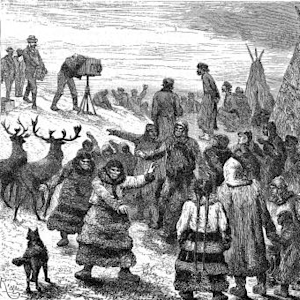Invasive Species, Comb Jellyfish
1982 • Black Sea, Central Asia
"The comb jellyfish arrived on ships from the American Atlantic coast in 1982. It eats both zooplankton, the food of commercially important fish in the Black Sea, and the eggs and larvae of the same fish species. With no enemies in their new home, the jellies propagated at an alarming rate. By the mid-1990s, they accounted for 90% of the total biomass in the Black Sea - a biomass more than the total annual fish catch around the world...The invasion contributed to the near collapse of Black Sea commercial fisheries within a few years. The once quite prosperous seafood industry has lost about US$1 billion since the jellies were released. Anchovy fisheries in the Azov Sea, already under stress from pollution and overfishing, have completely collapsed."
Global Invasive Species Database, issg.org http://www.issg.org/database/species/ecology.asp?si=95&fr=1&sts=sss&lang=EN
Courtesy of Steven G. Johnson
Explore More


Learn about Maya Lin’s fifth and final memorial: a multi-platform science based artwork that presents an ecological history of our world - past, present, and future.

Discover ecological histories and stories of former abundance, loss, and recovery on the map of memory.

Learn how we can reduce our emissions and protect and restore species and habitats – around the world.

See how art can help us rethink the problems we face, and give us hope that each one of us can make a difference.

Help make a global memorial something personal and close to home. Share your stories of the natural world.
